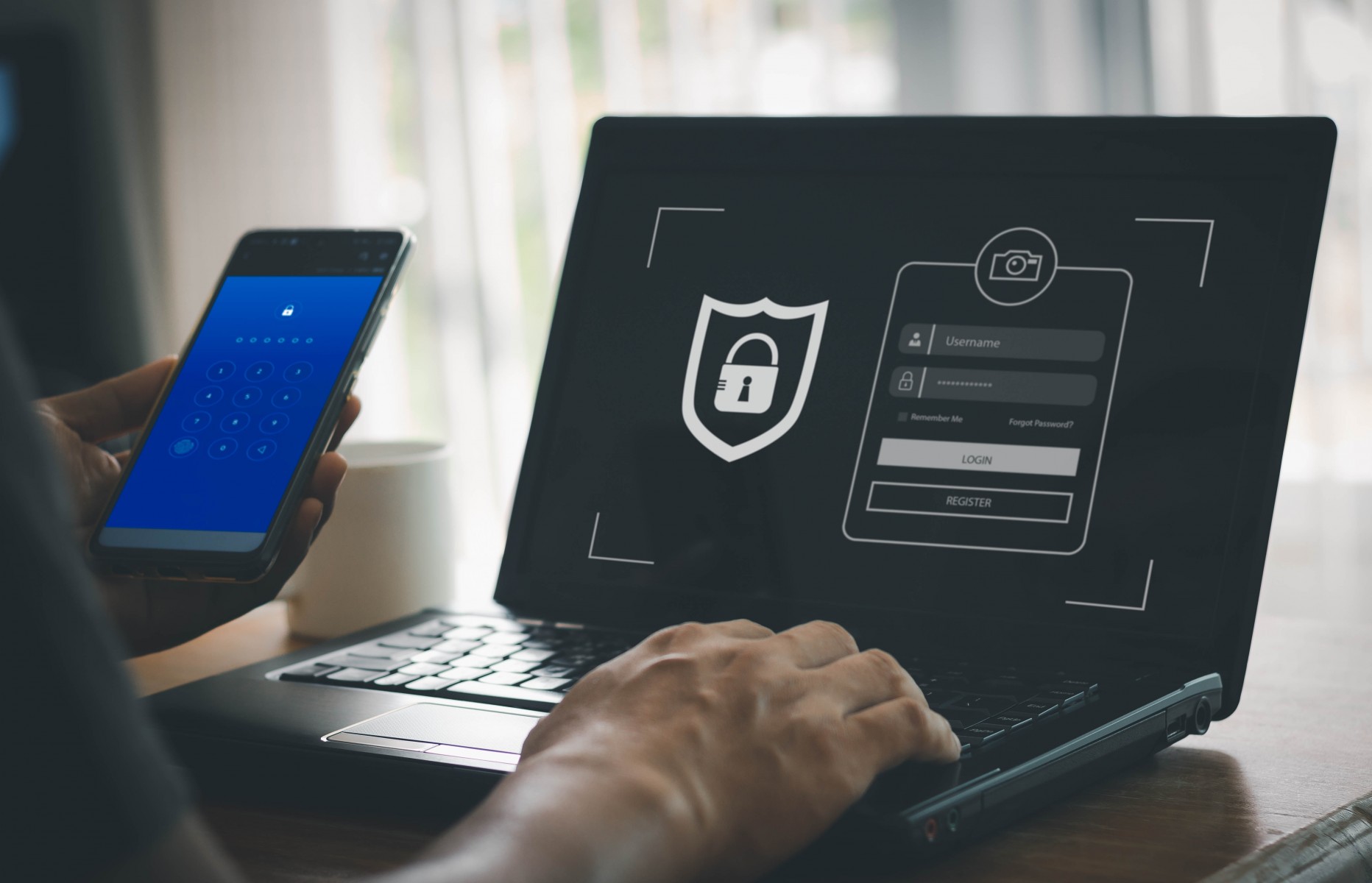In an era dominated by digital transactions, safeguarding your bank account from scammers is paramount. This comprehensive guide serves as your shield, offering insights, strategies, and practical tips to ensure the security of your financial assets.

Section 1: Recognizing Common Scams
Phishing Attacks:
- Understanding Phishing: Recognizing fraudulent attempts to acquire sensitive information.
- Identifying Phishing Emails: Spotting red flags in emails and messages to prevent falling prey to phishing scams.
ATM Skimming:
- Awareness of Skimming Devices: Recognizing and avoiding compromised ATMs with skimming devices.
- Protecting Your PIN: Strategies to shield your PIN when using ATMs.
Section 2: Securing Online Banking
Multi-Factor Authentication (MFA):
- Activating MFA: Implementing an extra layer of security for your online banking.
- Choosing Strong Passwords: Crafting robust passwords to fortify your account against unauthorized access.
Secure Wi-Fi Practices:
- Password Protection: Securing your Wi-Fi network with a strong password.
- Public Wi-Fi Caution: Exercising caution when using public Wi-Fi for financial transactions.
Section 3: Monitoring Account Activity
Regular Statement Checks:
- Setting Account Alerts: Utilizing notification features for unusual account activity.
- Regular Statement Reviews: Establishing a routine for reviewing bank statements.
Unauthorized Transactions:
- Immediate Reporting: Knowing the steps to take when detecting unauthorized transactions.
- Blocking Lost Cards: Swift action to block lost or stolen debit/credit cards.
Section 4: Safe Online Shopping
Verified Websites:
- HTTPS Protocol: Ensuring websites use secure communication with the HTTPS protocol.
- Verified Payment Gateways: Trusting established payment gateways for online transactions.
Virtual Card Usage:
- Benefits of Virtual Cards: Exploring the added security of virtual cards for online purchases.
- Setting Spending Limits: Managing virtual card usage by setting spending limits.
Section 5: Educating Yourself
Current Scam Trends:
- Staying Informed: Keeping abreast of evolving scam techniques.
- Educational Resources: Utilizing online resources to enhance your knowledge of scams.
Government Alerts and Notifications:
- Subscribing to Alerts: Registering for official alerts from government agencies about prevalent scams.
- Reporting Suspicious Activity: Knowing the channels to report suspicious online activity.
Section 6: Protecting Personal Devices
Anti-Virus Software:
- Regular Updates: Ensuring your anti-virus software is up to date.
- Scheduled Scans: Implementing regular scans for malware and viruses.
Firewall Activation:
- Built-in Firewalls: Understanding and activating the firewall on your devices.
- Additional Firewall Software: Exploring third-party firewall options for enhanced protection.
Section 7: Vigilance in Communication
Bank Communication Protocol:
- Official Channels: Verifying communication authenticity through official channels.
- Avoiding Unsolicited Calls: Steering clear of unsolicited calls requesting personal information.
Social Engineering Awareness:
- Recognizing Social Engineering Tactics: Identifying manipulation techniques employed by scammers.
- Exercising Caution with Links: Avoiding clicking on links from unknown sources.
Conclusion
Armed with the knowledge from this guide, you now possess the tools to safeguard your bank account effectively. Stay vigilant, adopt secure practices, and navigate the digital realm with confidence, knowing you’ve fortified your financial fortress against scammers.























+ There are no comments
Add yours